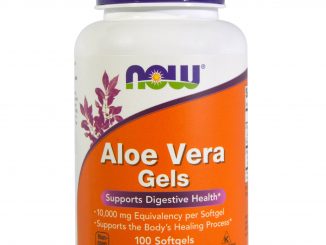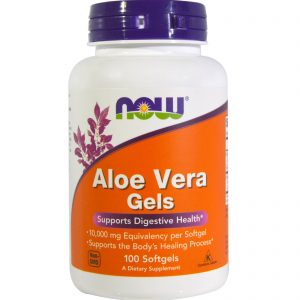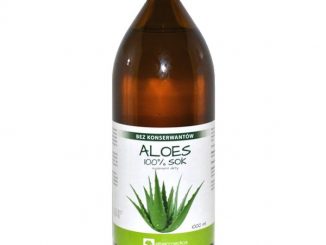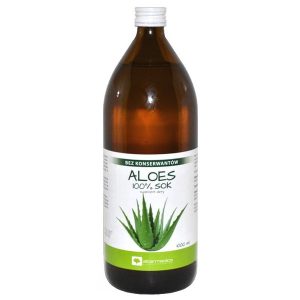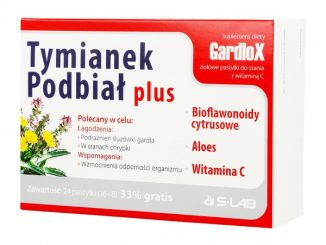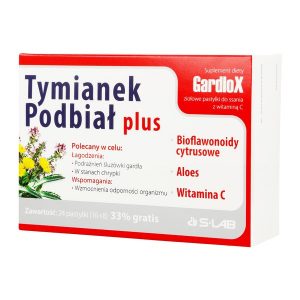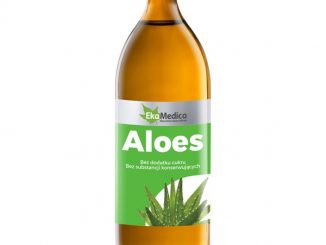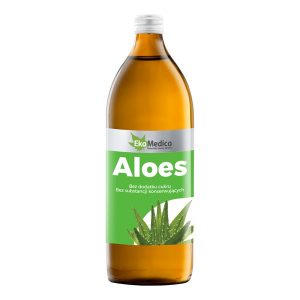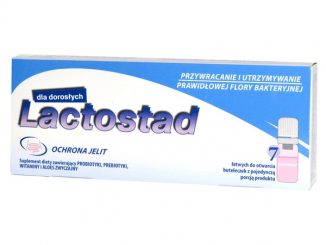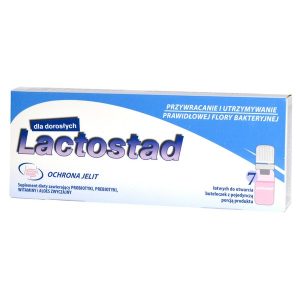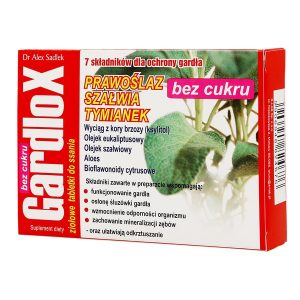The properties of Aloe Vera
Aloe vera is a succulent plant species of the genus Aloe. An evergreen perennial, it originates from the Arabian Peninsula, but grows wild in tropical, semi-tropical, and arid climates around the world. It is cultivated for agricultural and medicinal uses.
Many biological properties associated with Aloe species are contributed by inner gel of the leaves. Most research has been centralized on the biological activities of the various species of Aloe, which include antibacterial and antimicrobial activities of the nonvolatile constituents of the leaf gel.
Aloe Vera has various medicinal properties such as antitumor, antiarthritic, antirheumatoid, anticancer, and antidiabetic properties. In addition, Aloe Vera has also been promoted for constipation, gastrointestinal disorders, and for immune system deficiencies.
Aloe Vera – Description from DrugBank
Aloe describes a genus including over 500 species of flowering succulent plants that grow in the Southern peninsula and various islands. Aloe vera, or Aloe barbadensis miller, is the most common species of Aloe that is cultivated for agricultural and medical purposes. It is a perennial succulent xerophyte with elongated leaves that contain a clear gel. While aloe vera has a long history of commercial uses, it is still widely used in cosmetic, food and pharmaceutical products. The use of aloe vera in constipation, inflammatory disorders, cancer, ulcer, and diabetes has also been investigated. The active constituents of aloe vera include polysaccharides with protective effects on skin, as they exhibit antioxidant and anti-inflammatory properties. Common active polysaccharides include glucomannans, polymannose, and acemannan, or b-(1–4)-acetylated polymannose. Acemannan and other modified polysaccharides are responsible in preventing suppression of contact hypersensitivity or immune suppression induced by external factors such as irradiation. Read more: DB13906.
































































